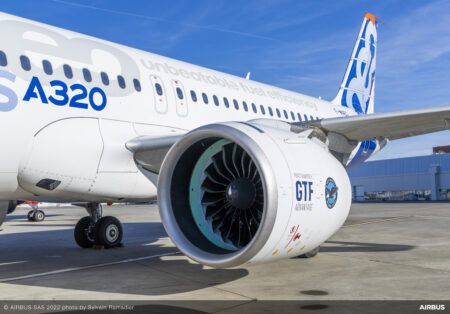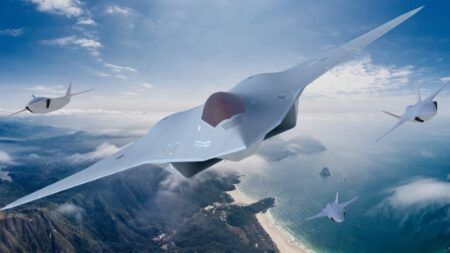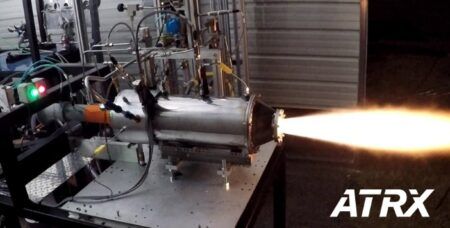Testing for the Graflight V-8, a high-efficiency diesel engine designed and produced by Engineered Propulsion Systems (EPS), has brought about the reopening of the AEDC T-11 engine test cell at Arnold Air Force Base in Tennessee. Prior to this, T-11 had not been testing in at least a decade.
EPS project manager Tom Guelzow explained that the testing at T-11 was sponsored by the Air Force Research Laboratory (AFRL), Advanced Power Technology Office (APTO), and Broad Area Announcement (BAA), which focuses on the research and development of engines that use a variety of fuels more efficiently.
“EPS submitted a successful proposal and subsequent award as part of the AFRL Alternative Energy BAA which provided funding for testing at Arnold AFB,” Guelzow said. EPS, founded by Michael Fuchs and Steve Weinzierl, is a small startup based out of New Richmond, Wisconsin.
Guelzow said getting this far in testing the engine is part of a 27-month effort, and the goal for EPS is to validate engine performance of the Graflight V-8 prior to flight testing it later this year.
“After flight testing, we would then conduct complete accelerated mission testing of the engine,” Guelzow added.
The EPS engine Graflight V-8 is unique in that it’s a clean sheet design.
“The EPS Graflight engine is unique to aero applications and incorporates the most advanced mechanical design, combustion technology and electronic control systems available, as opposed to traditionally flawed approaches, which involve automotive conversions,” Guelzow said.
“This engine is meant for single and twin-engine aircraft applications and will offer dramatically reduced fuel consumption.”
Guelzow added that the EPS team “feels very fortunate” to have the opportunity to test at Arnold AFB, as AEDC test facilities are able to reach higher altitudes than any previous tests of the engine: “Here [at Arnold AFB] we can hit any altitude we want to relatively quickly. Start to finish, it has been great working with the AEDC team. Everything we have been doing out here is brand new for us.”
One huge milestone for EPS was having the engine operating successfully at conditions of 30,000ft altitude.
“We ramped up from level or sea level to 30,000ft in T-11 and back down, which was groundbreaking for us,” Guelzow said.
Capt. Randall Hodkin, the APTO program manager, said, “Testing conducted in T-11 was an important step in collecting data to clear this innovative engine for future flight tests, and was also a critical step in showing the engine’s capabilities at altitudes previously unattainable to the team.”
John Kelly, AEDC test project manager, stated that the EPS engine test has also included a lot of firsts for AEDC: “The facility hasn’t been running in at least 10 years and this test has been a learning process for us too in that it’s a small, diesel engine, and instead of taking 150 lb of air per second or more, it needs less than 2 lb of air per second. So, we had to create a new inlet system in order to do this.”
In addition, Kelly mentioned that this is the first time he knows of that any T-side test facility has run concurrently with the AEDC J-2 engine test facility: “As far as I can tell, this has never been achieved before. And the capability, being able to run these engine test cells at the same time, will reduce our on-air hour costs significantly.”
With the success of the EPS testing, AEDC test teams are gearing up for more testing in T-11.
“This could end up being a very busy test cell for small businesses that haven’t been given these type of testing opportunities before,” Kelly said.
August 16, 2017




